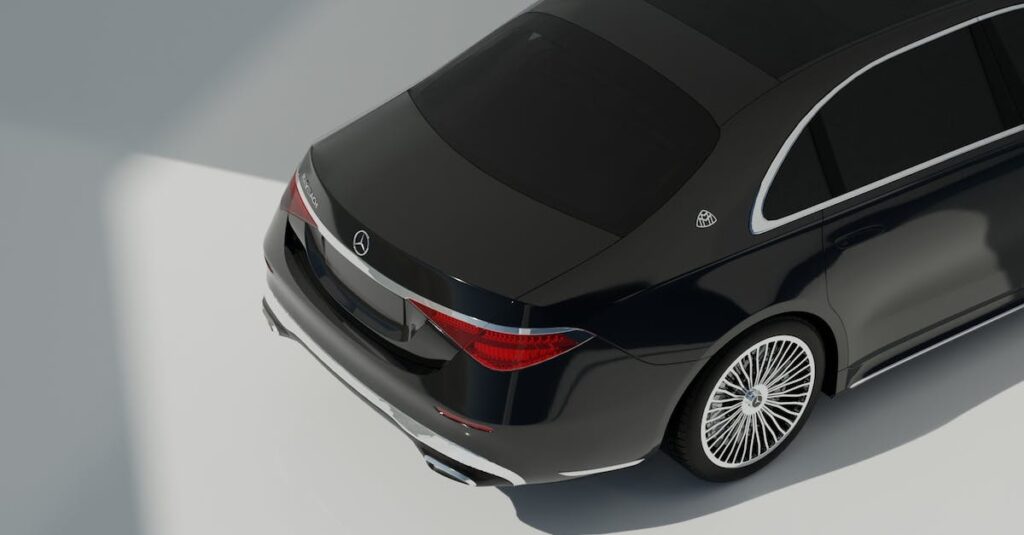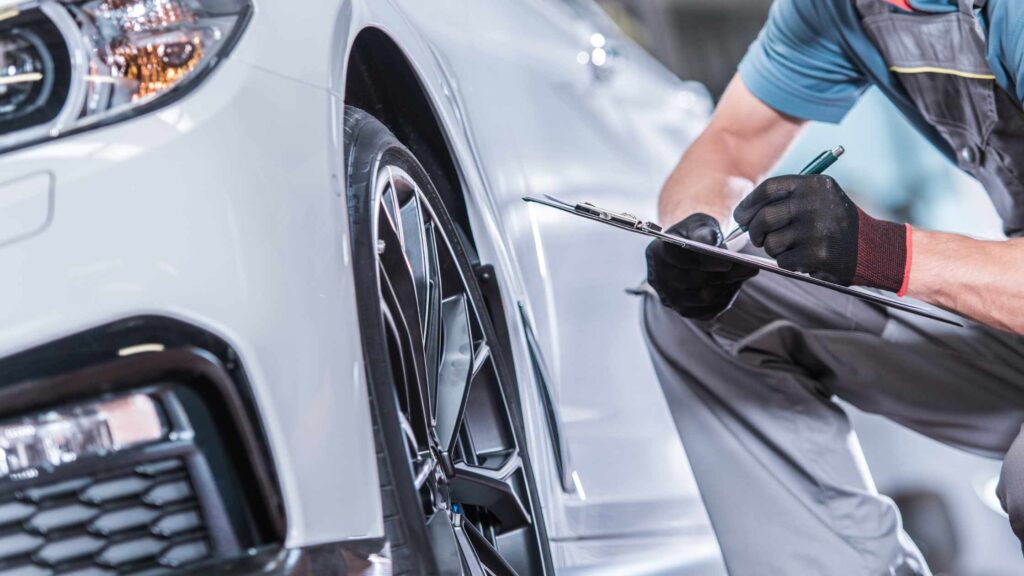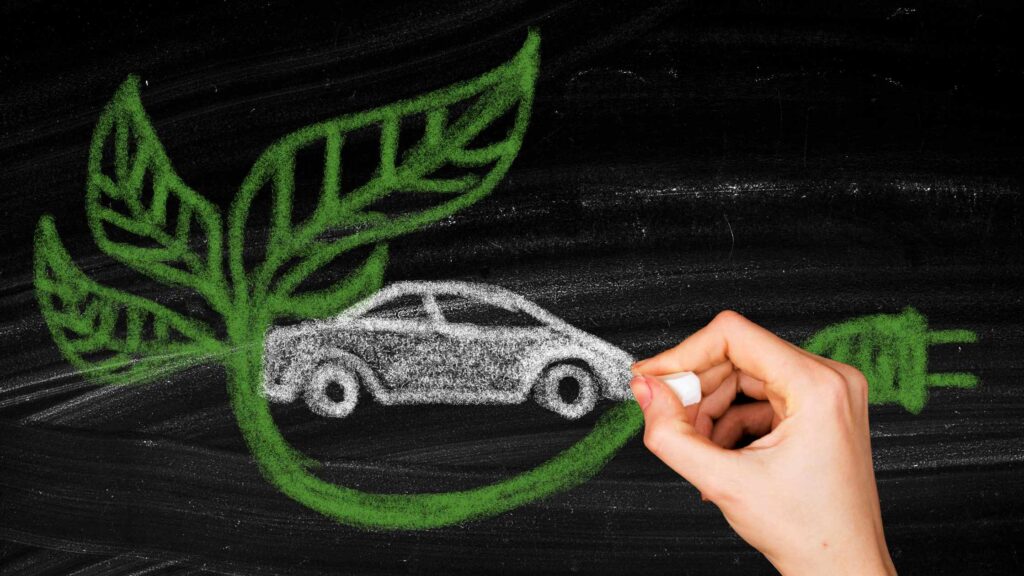Introduction
The automotive industry has always sought innovative ways to improve manufacturing processes and enhance the overall driving experience. One such breakthrough that is reshaping the way cars are made is 3D printing. This technology allows for the production of custom parts and components, leading to increased efficiency and greater personalization options for car owners. In this article, we will explore the impact of 3D printing in car manufacturing and its benefits.
Customization: A Paradigm Shift
Traditionally, car manufacturing followed a standardized process, limited by the availability of mass-produced parts. This approach restricted the level of customization that could be offered to customers. However, with the advent of 3D printing, car manufacturers have gained the ability to create parts specifically tailored to individual requirements.
Design Freedom
One of the greatest advantages of 3D printing in car manufacturing is the freedom it provides to designers. Previously, the design of a car was limited by the constraints of traditional manufacturing techniques. With 3D printing, complex geometries can be easily realized, leading to more aerodynamic and visually striking vehicles. This level of design freedom enables manufacturers to create unique, eye-catching cars that stand out on the road.
Personalization Options
The ability to customize individual parts and components opens up a world of possibilities for car owners. 3D printing allows for the creation of personalized interiors, exterior features, and even entire panels. Owners can choose from a vast array of designs, patterns, and colors, giving their vehicles a truly unique and personalized touch. This level of customization enhances the sense of ownership and pride associated with a car.
Efficiency: Streamlining Production
Apart from customization, 3D printing also offers significant advantages in terms of efficiency and manufacturing speed. Let’s explore how this innovative technology streamlines the production process.
Reduced Material Waste
One of the significant drawbacks of traditional manufacturing methods is the substantial amount of material waste generated during production. In contrast, 3D printing adds material only where it is needed, minimizing waste. This not only reduces environmental impact but also lowers production costs.
Consolidation of Parts
Traditionally, car assemblies consist of multiple parts that need to be manufactured separately and then assembled together. This assembly process is time-consuming and requires complex coordination. 3D printing eliminates the need for such complex assemblies by allowing the creation of consolidated parts. This consolidation approach simplifies the manufacturing process and reduces the number of components required, resulting in faster production times.
Rapid Prototyping
3D printing has revolutionized car prototyping. Previously, building prototypes involved creating molds, which were costly and time-consuming. With 3D printing, car manufacturers can rapidly prototype various design iterations, significantly reducing the time and cost associated with the development process. This accelerated prototyping enables faster decision-making, leading to shorter development cycles and quicker time-to-market.
Summary
3D printing is transforming car manufacturing by revolutionizing customization options and streamlining production processes. The ability to create custom parts and components allows for greater design freedom and personalization, enhancing the overall ownership experience. Moreover, 3D printing offers efficiency benefits through reduced material waste, consolidation of parts, and rapid prototyping. As technology continues to advance, we can expect 3D printing to play an increasingly vital role in reshaping the automotive industry.







